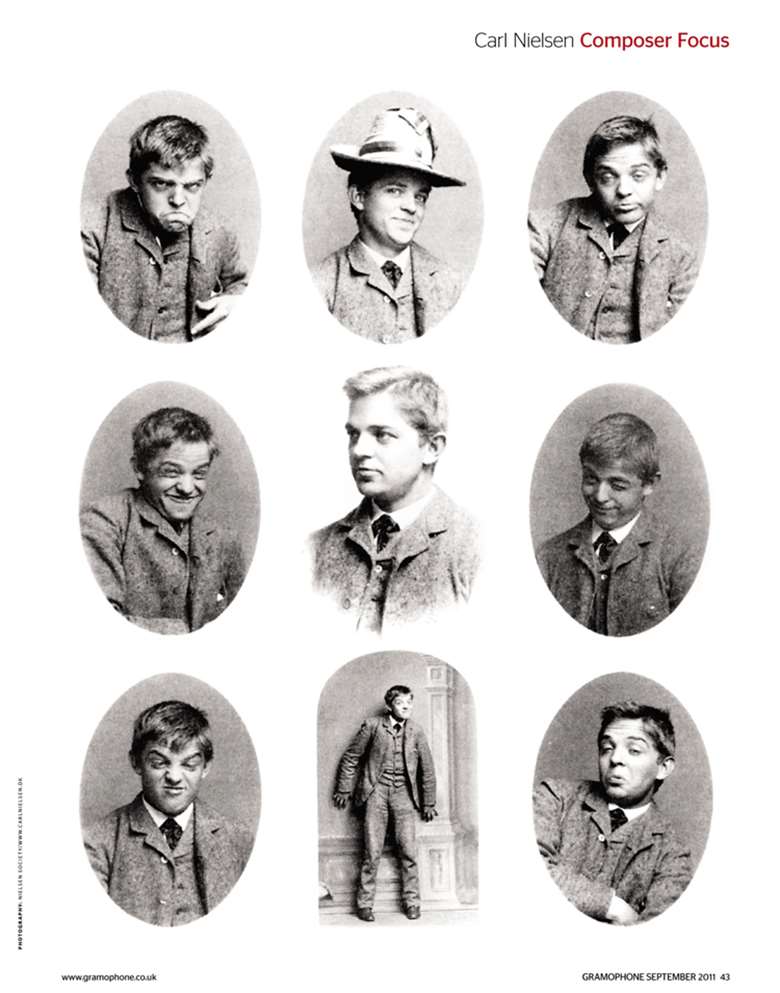A celebration of Carl Nielsen at 150
Andrew Mellor
Tuesday, June 9, 2015
Nielsen’s wide output has been unfairly sidelined for more than half a century. But Andrew Mellor says we might at last be on the brink of a major Nielsen revival

Register now to continue reading
Thanks for exploring the Gramophone website. Sign up for a free account today to enjoy the following benefits:
- Free access to 3 subscriber-only articles per month
- Unlimited access to our news, podcasts and awards pages
- Free weekly email newsletter








